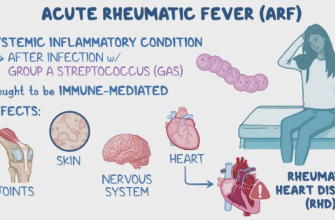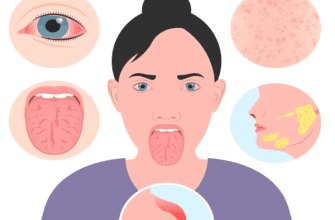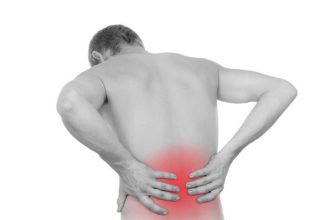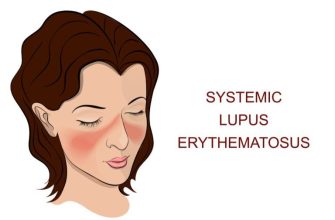1. Etiology
Hirsutism – excessive terminal hair growth in women following male pattern. Main causes:
Hormonal (80%):
- PCOS (most common)
- Congenital adrenal hyperplasia
- Ovarian/adrenal tumors (androgen-secreting)
- Pregnancy (temporary androgen increase)
Non-hormonal:
- Idiopathic hirsutism
- Drug-induced (phenytoin, cyclosporine)
- Genetic predisposition
2. Symptoms
Main signs:
- Coarse dark hair in androgen-dependent areas:
- Face (mustache, beard)
- Chest
- Abdomen
- Back
- Inner thighs
Associated:
- Acne
- Oily skin
- Male-pattern baldness
- Menstrual irregularities
- Obesity (with PCOS)
3. Diagnosis
- Ferriman-Gallwey scale (hirsutism scoring)
- Hormonal tests:
- Free/total testosterone
- DHEA-S
- 17-OH-progesterone
- LH/FSH ratio
- Pelvic ultrasound (ovarian cysts)
- Adrenal MRI (if tumor suspected)
4. Treatment
Medical:
- Anti-androgens:
- Spironolactone (100-200 mg/day)
- Cyproterone acetate (in COCs)
- Anti-androgenic COCs (Yasmin, Jess)
- Metformin (for insulin resistance)
- Topical:
- Eflornithine cream
- Laser/photoepilation
Surgical (for tumors)
5. Prevention
- Weight control
- Avoid anabolic steroids
- Early PCOS treatment
- Regular endocrinologist visits
6. Red Flags
- Rapid hair growth
- Virilization signs
- Menstrual disorders
- Infertility
7. Prevention Tips
- Avoid unregulated hormone use
- Monitor blood sugar
- Balanced diet (low glycemic for PCOS)







